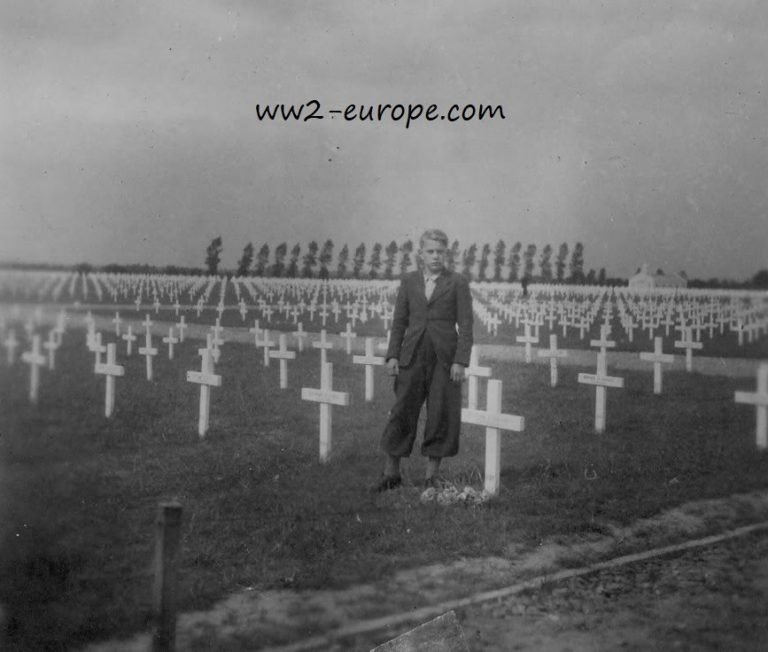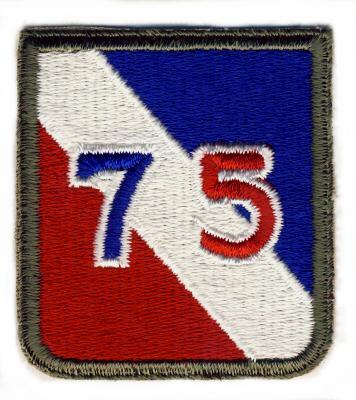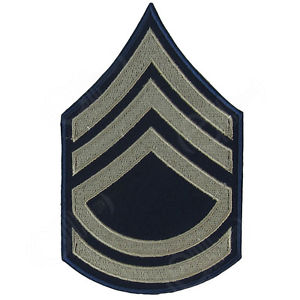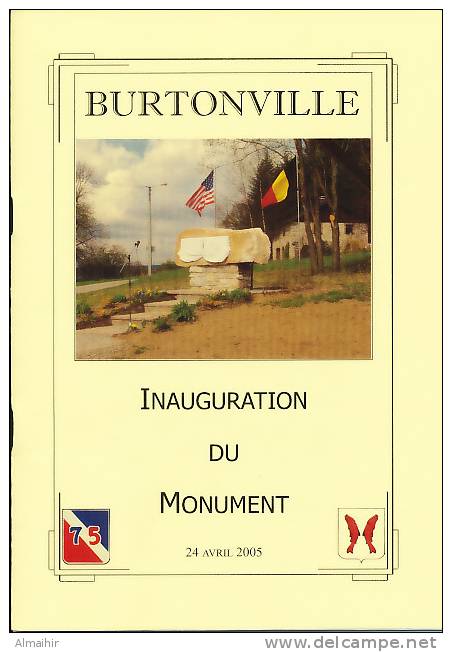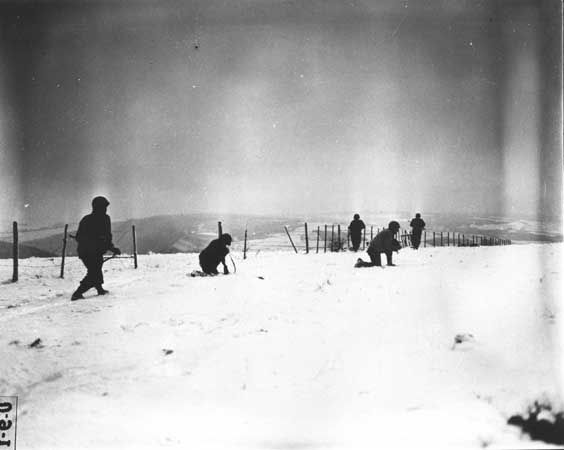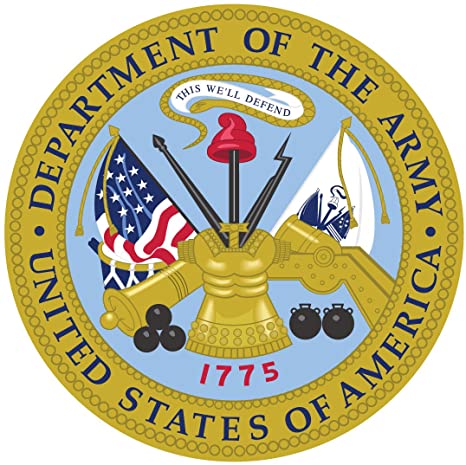Rank and Name, Technical Sergeant Lawrence A. Smith.
Unit/Placed in, 290th Infantry Regiment (3rd Battalion, K-Company) 75th Infantry Division.
Lawrence was born in on Nov. 28, 1913 in Clay County, Kentucky.
Father, Alvis H. Smith.
Mother, Delia (Roark) Smith.
Brothers, Clarence, Edward, Kermit, Dewey, Emil and Howard Smith.
Sisters, Lilie, Phrona Mae, Gertie and Lola Smith.
Lawrence enlisted the service at Cincinnati, Ohio on Oct. 13 1942 with Service number#: 35665300.
Lawrence was a Technical Sergeant in the K-Company, 3rd Battalion 290th Infantry Regiment.
Lawrence was Killed in Action in the vicinity of the Grand Bois (area of the Ardennes) in Belgium, on Jan. 20 1945, and he is honored with the Purple Heart, Good Conduct Medal, American Campaign Medal, Army Presidential Unit Citation, European-African-Middle Eastern Campaign Medal, WWII Victory Medal.
He is buried at Henri-Chapelle American Cemetery and Memorial, Henri-Chapelle, Arrondissement de Verviers, Liège, Belgium. Plot: Plot F Row 7 Grave 8.
Thanks to,
https://www.familysearch.org/tree/person/details/LRQQ-TCK
Jean Louis Vijgen, ww2-Pacific.com ww2-europe.com
Air Force Info, Rolland Swank.
ABMC Website, https://abmc.gov
Marines Info, https://missingmarines.com/ Geoffrey Roecker
Seabees History Bob Smith https://seabeehf.org/
Navy Info, http://navylog.navymemorial.org
POW Info, http://www.mansell.com Dwight Rider and Wes injerd.
Philippine Info, http://www.philippine-scouts.org/ Robert Capistrano
Navy Seal Memorial, http://www.navysealmemorials.com
Family Info, https://www.familysearch.org
WW2 Info, https://www.pacificwrecks.com/
Medals Info, https://www.honorstates.org
Medals Forum, https://www.usmilitariaforum.com/
Find a Grave, https://www.findagrave.com
Tank Destroyers, http://www.bensavelkoul.nl/
WordPress en/of Wooncommerce oplossingen, https://www.siteklusjes.nl/
Military Recovery, https://www.dpaa.mil/
THE 75th INFANTRY DIVISION, 290th Infantry Regiment;
CHRISTMAS Eve, 1944: In the biting, stinging cold of the Ardennes, men who never before had seen a German soldier came to grips with the Nazis in a slashing bayonet duel.
These were green troops — fresh from the States — these men of the 75th Infantry Division and they suffered many casualties. But their hold was tenacious. Founded here in this icy battle of life or death was the 75th’s tradition: “Always Get There Somehow.” And the 75th always has gotten there somehow from this first engagement until the Germans surrendered unconditionally May 8, 1945.
Doughs of the 75th could little more than anticipate war’s savage fury when they sailed from New York in November, 1944, en route to the Western Front. Behind them were 18 months of vigorous training — training in the Louisiana Maneuver Area, at Camp Breckinridge, Ky., and at Fort Leonard Wood, Mo., where the 75th was activated April 13, 1943. Thirty-five hundred men from the ASTP and the Air Corps replaced a duplicate number of reinforcements who went overseas immediately after maneuvers.
AFTER pausing in Southern Wales for a month, the division boarded LSTs and LCIs for the Channel crossing, debarking at Le Havre and Rouen. First stopover on the Continent was Yvetot, 50 kilometers northeast of Le Havre where rains had made a quagmire of the “sunny” France bivouac area. The 75th was keyed for action and it wasn’t disappointed. But instead of traveling 300 long, cold miles for an assignment with Ninth Army, orders suddenly were switched.
The Wehrmacht surprisingly had launched a surging offensive and von Rundstedt was pile-driving the Nazi juggernaut deep into Belgium. The objective was to split the Allied Armies in half, cut communications and push all the way to the Channel.
Time was a crucial factor. Tired Yanks needed assistance, reinforcements. They were to have both. The 75th, fresh and untried, switched its motor columns and trains in First Army’s direction and sped more than 250 miles to the rescue. By Dec. 20, the division was in Belgium and the CP set up at Tongres. This was combat area!
Next day, additional orders sent the 75th to the vicinity of Ocquier and the 289th, 290th and 291st Regimental Combat Teams moved into assembly areas a few miles from the advancing Germans. Confusion reigned during the motor march that night; no one knew exactly where the enemy was driving.
Attached to an armored division, the 290th RCT was the first 75th element to make contact with the Germans. The 289th also joined in the battle, hooking up with the 290th near Grandmenil. Together, they smashed ahead to cut and clear the Hotton-Soy road.
On Christmas Day, Co. K, 290th, supported on the flanks by Cos. I and L, made a direct assault on a high hill controlling the approach to Hampteau. Although pinned down by withering machine gun and mortar fire, these units seized enemy positions, thus ending the threat to Hotton. The high water mark of the German drive on Liege had been reached.
At least five panzer and four infantry divisions, the cream of the German Army, were spearheading the Bulge drive towards Liege. The eyes of the world were focused on this geographical point against which the two combat teams threw their might. There could have been no more historic moment for the men of the 75th Division to join battle.
Up to now, the division had been farmed out to other units as support or extra strength. It had fought well but never as a complete team. On Dec. 27, the 75th was attached to the XVIII Airborne Corps and the CP moved to Villers Ste. Gertrude on the northern flank of the Bulge. Within two days, all component parts were back under division control.
At first, the situation was defensive with all efforts directed at stopping the enemy’s night infiltration and sabotage tactics. Many Germans were dressed in American uniforms, and confusion, as well as damage, was prevalent throughout First Army’s area. The 75th resisted every attack and hung on. The days still were critical as the relative calm of the moment merely presaged another storm.
A message from Maj. Gen. Matthew B. Ridgway, Corps Commander, read:
I want every man imbued with the idea that here in this sector is where the decision of this war will be reached. Every man will contribute his utmost to putting the 75th up alongside the best divisions in the American Army.
Green Troops Into Seasoned Veterans
WITH the New Year — at the stroke of midnight — every gun in the Corps sector opened up with a three round time-over-target on the German area. Nazis who lived through that experience probably never will forget the 75th’s New Year greeting.
Although the next few days were comparatively quiet, the war progressed. Men still were cold, freezing; shelling never stopped.
Reassigned to VII Corps — “the Corps that always attacked” — the division was not surprised when the 290th RTC was called to support another division in its plunge across the important Ourthe River. The 289th and 291st screened the attack and strengthened their positions while Div Arty continued to maintain close support.
Although the 75th went into First Army reserve, little rest was forthcoming. Relief of another division was imminent and the 75th went back into the line to take over the 82nd Airborne’s sector. Attached now were the 750th Tank Bn., 772nd TD Bn., and 440th AAA (AW) Bn. The last two stayed and fought many months with the 75th Division.
Immediate objectives were the strongly-defended towns of Salmchateau and Vielsalm. Their capture was imperative and the division, with the exception of the 290th which still carried out its previous assignment, took up positions along the Salm River.
Patrols pushed through the snow to cross the river in endless succession. Men sometimes swain the icy currents to gain valuable information. They lay in snow drifts for hours to watch the enemy.
When the 290th RCT returned to division control, the entire team was ready to roll. The jump-off was but a few hours away.
UNTIL now, the Ardennes had been a defensive fight for the Americans. Every effort had been directed at stopping the Germans. A new chapter was about to be written. The 289th and 290th RCTs were battle-tested. Many of their veterans were sick from the cold and needed a rest but there wasn’t time to pause.
At 0914, Jan. 14, 1945, a terse message was received by the 75th:
Your division attacks tomorrow. H-Hour: 0300.
Gen. Ridgway, sent the following:
Now we propose to attack, attack and attack until a final decision is reached on the Western Front… Tomorrow morning begins the final challenge by German brutality, venality and inhuman warfare. Behind us stand 90,000 of the best manhood in the world. The outcome is certain. I should like to impress upon the mind of every individual the stake for which he fights… the future of the United States of America.
The enemy was firmly entrenched along the bank of the Salm. His bunkers were built of timber and camouflaged with snow. He lurked in cellars and stone buildings of every town and waited — waited to be ferreted out. This was an enemy composed of elements of three divisions that knew it “was now or not at all.”
Artillery, tanks and TDs heralded the attack with a devastating 10-minute barrage beginning at 0250. Promptly at 0300, the 75th smashed across the river in the pitch darkness. Second Bn., 289th, crossed over quickly, by-passing Salmchateau and taking Bech to the east. Against sturdy opposition, the first mission was completed. Third Bn., meanwhile, captured Salmchateau, and the engineers immediately began throwing up a 50-foot Bailey bridge across the Salm.
First Bn. stormed the high ground commanding the area north of Bech. Against murderous fire that accounted for many casualties, doughs got the job done.
Co. A, 291st, was pinned down in a draw by automatic weapons fire. The lead platoon, several hundred yards to the front, was cut off. One dough, volunteering to go for help, raced across open ground under a hail of fire. Miraculously, he got through; the platoon was saved.
The attack still roared on Jan. 16. German tanks were knocked out, prisoners taken by the score. Yet, Nazi defenders grudgingly counted inches, made the 75th pay for every step it advanced. When the division forged ahead during the early hours of the next day, the Germans had lost their punch. The 75th had broken through decisively. Patrols probed the mine-strewn streets of Vielsalm by nightfall. Simultaneously, Co. C, 291st, launched an attack on the villages of Priesemont and Ville du Bois.
By Jan. 17, the 290th had seized Petite Thier, Patteaux and Neuville. More than 700 prisoners were taken in the 75th’s initial drive, but this, or the river crossing, or the taking of six towns, fails to tell the story of the withering 88 and mortar barrages thrown up by the desperate enemy. Doughs, tankers and TD crews fought unflinchingly. Visibility always was poor. Mines were rendered useless only when an alert soldier found and deciphered an enemy mine chart.
Every type of resistance was encountered. In the Grande du Bois area of the Ardennes, Germans were dug in the deep snow and accounted for many casualties with small arms fire. Snow filtered into the tops of American boots. Clothing became soaked, there was no opportunity for change. Many casualties resulted from frostbite and trench foot. Against nature’s white background, ODs were obvious targets. Still, no one thought of anything but going forward.
Aid men scurried about — aid men like Pvt. Carlo Salvo, who dragged three wounded tankers from their burning vehicle, administered first aid and guided them to safety.
